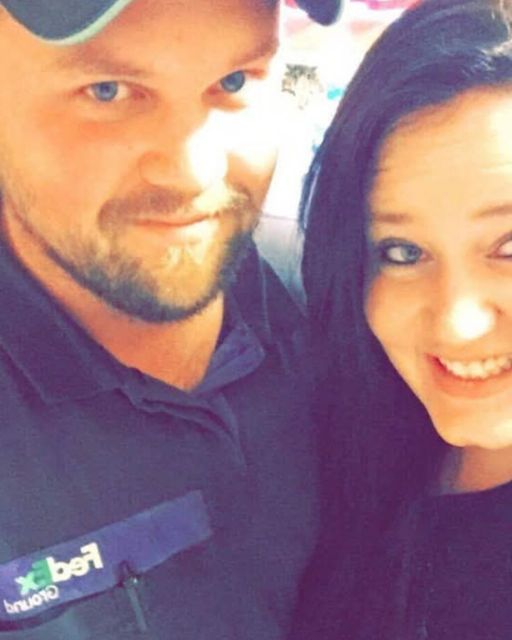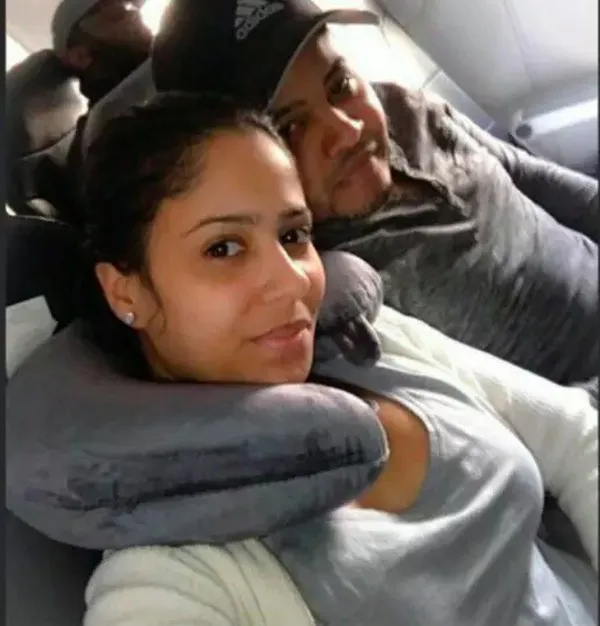Keeping Them Together
They asked us to take in two kids. We only had room for one—at least, that’s what we thought. The boy arrived first, terrified and overwhelmed. But in the front seat, we saw his sister. Crying. Silent. About to be taken hours away. We didn’t have a bed for her. But in that moment, something inside us shifted. So we did the only thing we could—we took the bunk beds apart. That night, two siblings slept under the same roof. Safe. Together. It was only supposed to be for a few days. But love changed the plan.
When I think back to that first night, I remember how small they both looked. Liam was seven, clutching his backpack like it was the only thing keeping him from falling apart. His sister, Mia, was five, and she had the kind of wide eyes that told you she’d seen far too much for her age. We didn’t know their whole story yet. Just that they needed a place to sleep and people to make them feel less alone.
The social worker told us it might only be a weekend. Just enough time to figure out where they’d go next. My husband, Mark, nodded, but I could see the look in his eyes. He already knew we were in deeper than we’d planned. I was still telling myself we’d manage a couple of nights, but deep down, I think I knew it too.
That first dinner was quiet. They barely touched their food. Liam stared at the plate like he was waiting for someone to snatch it away. Mia kept glancing at her brother before taking the smallest bites. When Mark tried to make small talk, they both shrugged, as if words were too risky. It broke my heart.
Later, when I went to check on them, I found Mia curled up on the lower mattress, holding Liam’s hand through the slats of the bunk. It wasn’t a comfortable position, but it was the only way she’d close her eyes. I realized then that separating them, even for sleep, wasn’t an option. We moved the beds so they could both be on the floor, right next to each other.
By the third day, we started to see tiny changes. Liam asked if he could help set the table. Mia drew a picture and shyly slid it across the counter to me. It was of our house, with all four of us standing outside. She’d drawn herself holding my hand. That one little crayon drawing stayed on our fridge for months.
When the call came that a long-term placement had opened for them—together—we thought that was it. We told ourselves we’d done our part, given them a safe stop along the way. But that night, after they went to sleep, Mark and I sat at the kitchen table and didn’t speak for a long time. Finally, he said what I’d been afraid to admit. “I don’t want them to go.”
It wasn’t just that we’d gotten attached. It was that we’d seen how far they’d come in such a short time. Liam laughed now. Mia sang little songs to herself while she played. They were still healing, still figuring out if the world could be kind, but they were starting to believe it. Letting them go felt like ripping that hope out from under them.
We told the agency we wanted to be considered as their long-term placement. It wasn’t simple. Our house was small. Money was tight. We had to rearrange our lives, move furniture, and take on extra work hours. Friends and family said we were crazy. “It’s too much,” one of them told me. “You can’t save everyone.” Maybe not. But we could try to save these two.
The first few months weren’t perfect. Liam had nightmares, waking up screaming for his mom. Mia sometimes refused to eat, no matter how gently we coaxed her. There were tantrums, silent days, and moments we felt completely in over our heads. But there were also afternoons spent playing in the yard, laughter over board games, and the slow, steady way they began to trust us.
One night, after a particularly rough day at school for Liam, he asked me if we’d still be his family “even if he messed up.” I told him yes, always yes. His shoulders relaxed like he’d been holding that question for a long time. It hit me then how fragile their sense of belonging still was.







